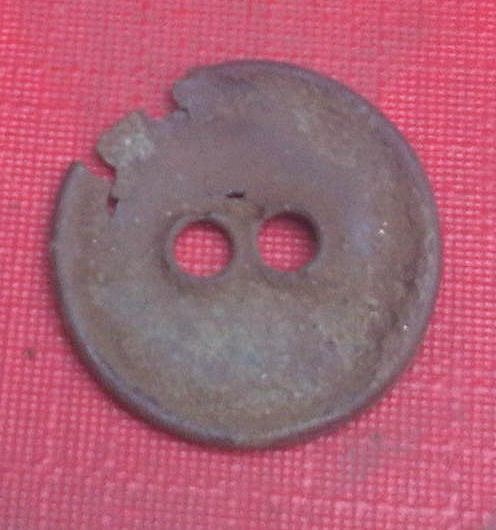Bob's Mellor Mill Diary
Bob (Robert Humphrey-Taylor) is leading the excavations at Mellor Mill.
Copyright R H-T ©
If you want to volunteer to help get in touch via the contact us page.
By default Bob's Diary is displayed latest post first.
To go to the beginning and display in chronological order click here.
To switch back to the default of latest post first click here.
Some recent images and text from the Mellor Mill project:
After much discussion, between Bob H-T and John Riley, it was worked out that the centre projection of the mill, at ground level is in fact a stable for visitors. John has produced a 3D drawing of the likely layout of the wheel pit, cellars and stable. Visitors to the mill would have arrived either on horseback or by horse drawn carriage. On arriving at the steps leading to the main entrance their transport would have been collected from them. Their horse, taken into the visitors stable, would have been groomed, fed and watered ready for the visitor leaving on their return journey.
- Details
- Category: Bob's Diary
- Hits: 11169
John Glithero had written: I have now had a better look at the 2009 report and here are some comments. 3.2 Worrall's Trade Directories for 1887 and 1891 show that the mill was run by John Clayton & Co Limited. I have looked at the National Archives (Kew) website (www.nationalarchives.gov.uk/catalogue/) and found that a John Clayton & Co Limited was incorporated in 1875 and that 2 Board of Trade files exist. These are BT/31/2170/100118 and BT34/159/10118. I have looked at BT files for many companies and found a wealth of information.
However, I have no appetite for going to Kew at the moment. Kew are able send photocopies but it might work out expensive.
I have looked at The London Gazette on line (just Google London Gazette) and found that in 1883 the company reduced its share capital from £40,000 to £24,000 (solicitor Edward Kyander of Dukinfield) and again in 1889 to £8,000 (Solicitor J H Garforth of Ashton). The company was wound up in 1895, S W Swire being the Chairman. I do not know the reason for reducing the capital and wonder if it was the same company.
4.1 I have overlaid the plans of the trenches (Figures 10, 11 and 12) onto the 1898 1:2,500 OS map, but the fit is not very good at the gap between the mill and the brick extension to the east. I think that this is because I am magnifying the map well beyond its limit of accuracy and the mill is coming out a little too wide. I cannot see any dimension connecting Trench 1 to Trench 2.
4.2.3 I do not recognise the foundation stones in Area C as engine beds. They might have been for some piece of cotton processing machinery or possibly for a hoist. We do know a hoist was fitted sometime between 1812 and 1832, and it might well have been replaced later.
Bob responded: Thank you for all that research. I feel I may have to go and stay with one of my nieces who lives in Kew just around the corner from the National Archives.
Pity about the map. We really could do with something drawn to a much larger scale. There is a glimmer of hope that the Deeds for the Oldknow Estate may well reside in the records at Worsley [Willersley- jh] Hall. It is quite likely that they will contain very detailed maps and plans. John and Ann are pursuing that lead.
- Details
- Category: Bob's Diary
- Hits: 12053
 What appears to be a copper button (or part of a button) found yesterday between the cobbles in the day stable whilst excavating the second slurry drain.
What appears to be a copper button (or part of a button) found yesterday between the cobbles in the day stable whilst excavating the second slurry drain.
- Details
- Category: Bob's Diary
- Hits: 10929
Note the Waterloo wheel house and the tunnel to carry the drive shaft into the mill. The tunnel lines up nicely with the right hand promontory of the mill building.
- Details
- Category: Bob's Diary
- Hits: 11183
John Riley had commented: Thanks for the image - I 've seen it before but not at such a good resolution- which newspaper is it from ? It's interesting to note that there is a chimney stack asymmetrically located at the junction of the central bay and linear factory block (A) - evidenced on both photographs - also a door way below the steps to the side bays (B) - I am unsure whether there was also a single stack serving the offices or whether feature C was architectural decoration to the central bay parapet.
What does your red dotted line on the second picture indicate?
The chimneys make sense since there would at least need to be flue for the water wheel basement (viewing platform) fire and I can't imagine the central offices would be without some heat. I had noticed what seems to be a doorway under the steps up to the right promontory. We are currently working on the cellar area below that which is the mill end of the tunnel bringing the auxiliary power from the Waterloo wheel. At the moment there is no evidence of a ground level floor in that promontory and it maybe that the door under the stairs led onto a flight down into the cellar/ shaft service areas.
Time for you to pop down and have another look!
- Details
- Category: Bob's Diary
- Hits: 11016



